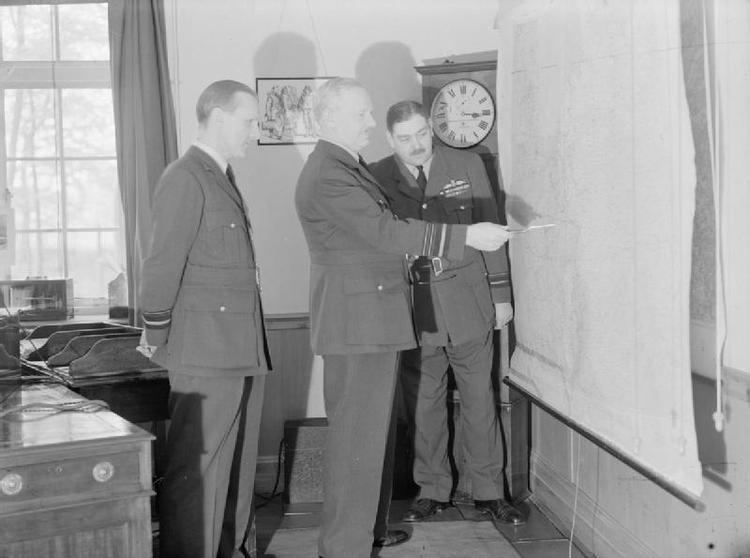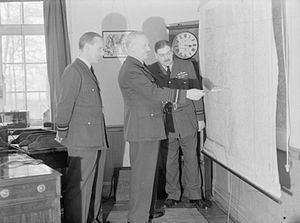Allegiance United Kingdom Years of service 1915 – 1948 Rank Air vice-marshal | Name Ronald Graham Role RAF officer | |
 | ||
Born 19 July 1896Yokohama, Japan ( 1896-07-19 ) Battles/wars World War IWorld War II Awards Companion of the Order of the BathCommander of the Order of the British EmpireDistinguished Service OrderDistinguished Service Cross & BarDistinguished Flying CrossOrder of the Crown (Belgium)Croix de Guerre (France) Died June 23, 1967, Sannox, United Kingdom | ||
Battles and wars World War I, World War II | ||
Air Vice Marshal Ronald Graham, (19 July 1896 – 23 June 1967) was a First World War flying ace of the Royal Naval Air Service. Remaining in the Royal Air Force after that war, he rose to the rank of air vice marshal during the Second World War.
Contents

First World War
Graham was a medical student when the First World War began. In 1915, he joined the Royal Naval Division. In September, he pulled a lateral transfer into the Royal Naval Air Service as a flight sub-lieutenant. In 1916, he served at the Dover Seaplane Base. He then moved to Dunkirk, flying cover for the North Sea Fleet. During this time, he was forced into landing in the sea on two occasions. He became part of the Saint Pol Seaplane Defence Flight, which formed on 30 June 1917. Graham tallied his first two victories at this time, destroying a German seaplane on 19 June while piloting a Sopwith Baby, and another while piloting a Sopwith Pup on 12 August 1917; the latter was shared with Leonard Slatter.
His unit morphed into No. 13 Squadron RNAS, sometimes referred to as 13 Naval Squadron. He switched to Sopwith Camels for his next three victories. He shared number three with Slatter, on 15 September, and destroyed two more, one each on 25 September and 19 October 1917. Then, on 29 December, while showboating for his nurse girlfriend, he crashed and seriously injured himself. After his convalescence, he returned to his squadron, which was now No. 213 Squadron RAF, and took command in May 1918. In total he was credited with five aerial victories.
Second World War
On the outbreak of the Second World War, Graham was an air commodore on the staff at the headquarters of Fighter Command.
